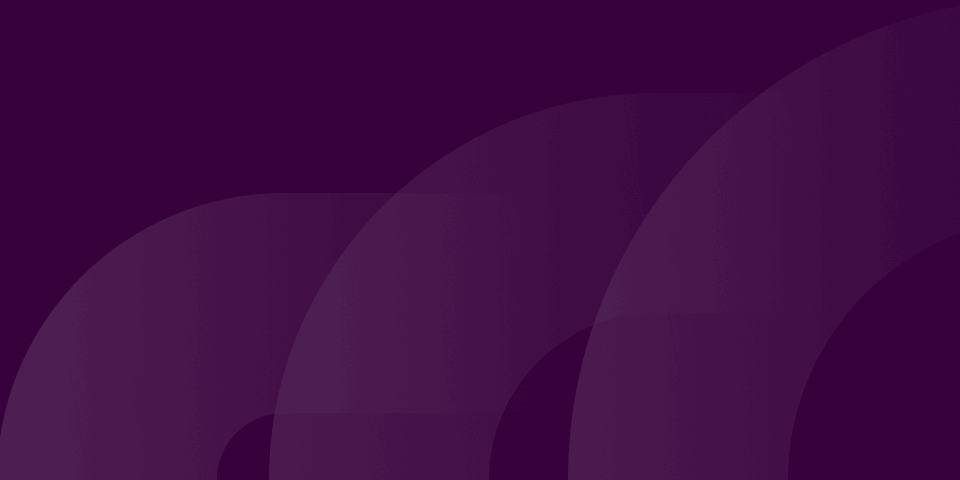
About this article
Published May 2, 2017
About the author
Admin Faria Site
Contributing Writer
Recent Posts
The Curriculum Planning Digest
Subscribe today to receive our latest resources, events, updates and so much more – specially curated for you, and delivered straight to your inbox.
